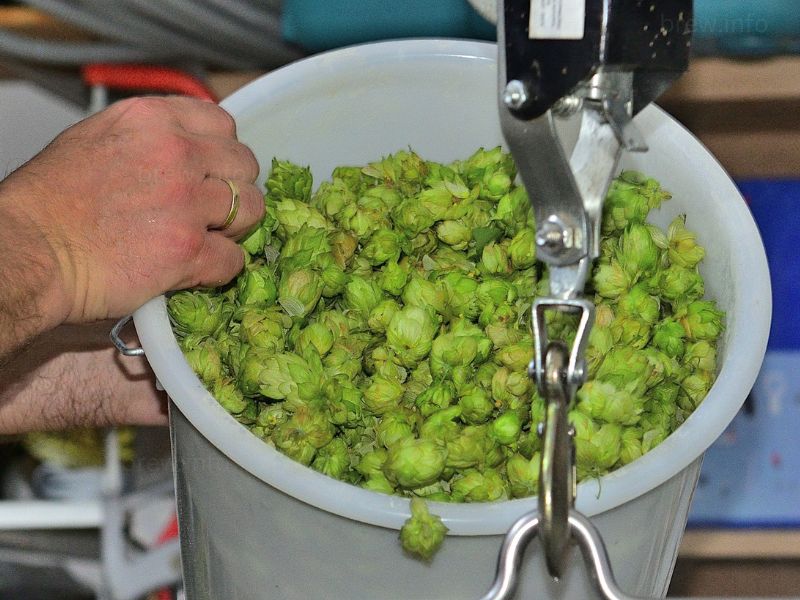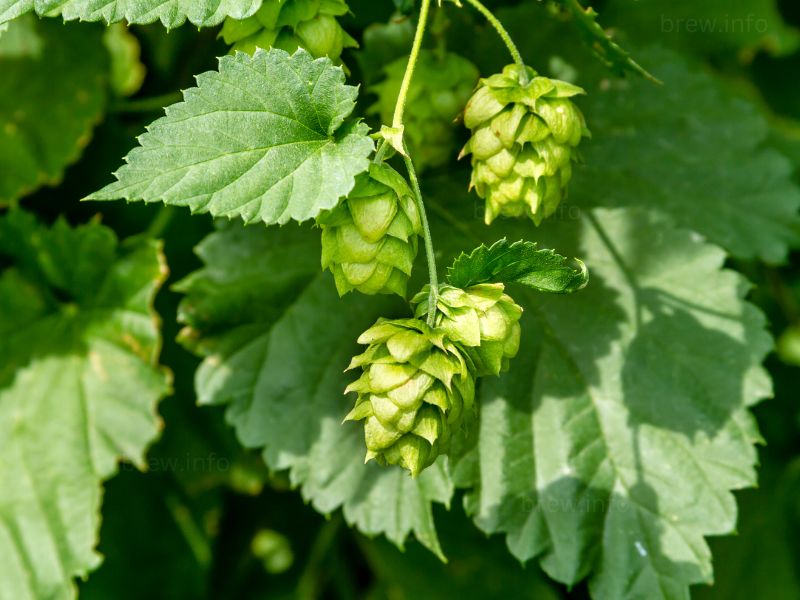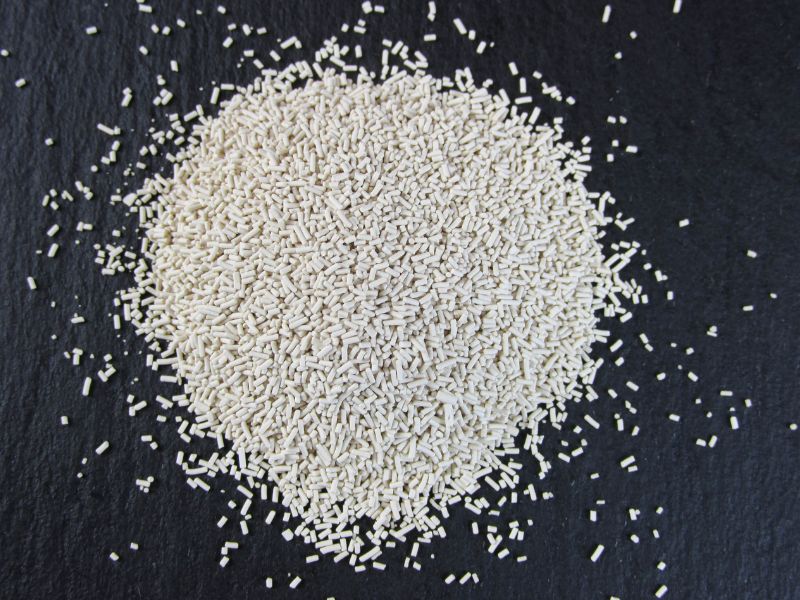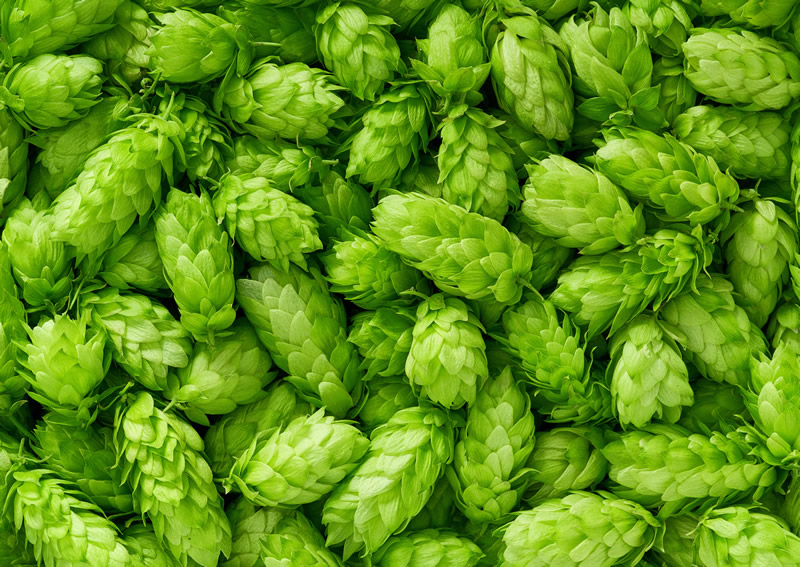Delving into the Heart of Hops: Alpha Acids, IBUs, and Aroma Profiles
Diving headfirst into the world of homebrewing, we encounter hops, a fundamental ingredient that makes beer the beloved beverage it is. Being a brewer, either amateur or professional, involves a fascinating journey of understanding and experimenting with various elements. Let’s start with hops and uncover the mystery behind alpha acids, International Bitterness Units (IBUs), and the delightful hop aroma profiles.
The Alpha Acids – The Bitter Backbone
So, you ask, what are alpha acids? They’re found in the resiny part of the hop cone, and they play a pivotal role in beer brewing. These compounds are the source of bitterness in beer, balancing out the sweetness imparted by the malt. The heat during the brewing process causes these acids to undergo a chemical change, resulting in a bitter taste.
Now, imagine brewing a batch of IPA with your favorite hops, say, Cascade, only to find the bitterness overwhelming. The culprit? High alpha acid content. You see, different hop varieties have distinct alpha acid percentages. Cascade typically ranges between 4.5% to 7%. If you accidentally use a variety with a higher percentage, such as Warrior with 15% to 17%, you’re in for a bitter surprise!
Breaking Down IBUs – Measurement of Bitterness
Naturally, the next question is: how does one quantify bitterness? Enter International Bitterness Units or IBUs. It is a measure of the parts per million of isohumulone found in beer, the chemical responsible for bitterness.
In simpler terms, the more alpha acids you extract from your hops during the boil, the higher the IBU of your beer will be. Yet, while an elevated IBU implies a more bitter beer, the perception of bitterness isn’t linear. Factors such as malt sweetness can mask some bitterness, resulting in a beer that tastes less bitter than its IBU level suggests.
Picture this: You’ve brewed two batches of beer, one with an IBU of 60 and the other at 90. Naturally, you’d assume the one with 90 IBUs to be 50% more bitter. But when you take a sip, the difference isn’t as pronounced. That’s because our taste receptors don’t process bitterness in a straightforward ratio.
Exploring Hop Aroma Profiles – A Symphony of Flavors
Moving from bitterness, let’s turn to the pleasurable sensory experience of hop aroma profiles. The aroma components of hops are primarily due to essential oils, each contributing to a unique flavor character.
Consider Citra hops, a variety famous for its powerful citrusy and tropical fruit aroma. One whiff of a beer brewed with Citra, and you’re instantly transported to an orchard full of juicy mangoes and ripe grapefruits. Contrast this with a traditional German hop variety like Hallertau, known for its mild and pleasantly spicy aroma profile.
Depending on the timing of hop addition during the brewing process, the aroma profiles can vary significantly. Add hops early in the boil, and you’ll lose most of the aroma to steam. However, adding them later, or even after the boil (a technique known as dry hopping), retains more of these volatile compounds, enhancing the aroma profile of your beer.
In our journey of homebrewing, the comprehension of hops, with their alpha acids, IBUs, and aroma profiles, is a fundamental step. With this knowledge in hand, you’ll find yourself well-equipped to experiment and create a beer that’s uniquely yours. After all, isn’t that the joy of homebrewing?
Beyond Basic Hops – Understanding Dual-Purpose and Noble Hops
As you delve deeper into the labyrinth of homebrewing, you’ll discover there’s much more to hops than just adding bitterness or aroma. Hops like Cascade, as we discussed earlier, are often classified as dual-purpose hops. These hops, aptly named, contribute both to the bitterness and the aroma of the beer. A well-balanced Pale Ale or an India Pale Ale often employs such hops, allowing you to extract the benefits of alpha acids and essential oils simultaneously.
Contrastingly, we have Noble hops, a term you might stumble upon as you sift through brewing recipes. Noble hops refer to traditional European hop varieties, renowned for their exquisite aroma characteristics and relatively low alpha acid content. If you’re crafting a classic German Pilsner or a Bohemian Lager, you might find yourself reaching for one of these — maybe a Tettnang or a Spalt.
The Magic of Late Hop Additions and Dry Hopping
The tantalizing aroma of a well-crafted beer, sometimes fruity, sometimes piney, or even spicy, isn’t an accident. It’s a testament to the brewer’s understanding of hop additions and how it affects the overall hop profile of the beer.
Take for instance the practice of late hop additions. If you decide to add hops during the last 15 minutes of the boil, the heat won’t completely vaporize the hop oils, letting some of that delightful aroma persist. You’ll notice a remarkable enhancement in the beer’s fragrance, making it as much a joy to smell as it is to sip.
But what if you want to push the envelope and intensify the hop aroma even further? Dry hopping is your answer. This technique involves adding hops after the beer has cooled, usually during fermentation or even later. As there’s no heat to drive off the volatile aroma compounds, you’re left with a beer that’s remarkably fragrant. It’s a technique often employed in hop-forward styles like IPAs and Pale Ales.
Hop Storage and Freshness – The Key to Quality Brewing
Now, you’ve got a solid grasp on hops, their alpha acids, their aroma profiles, and the techniques to get the most out of them. But, to make your homebrewing endeavor a successful one, understanding hop storage and freshness is critical.
Hops, much like any other organic product, degrade over time. Improper storage can accelerate this process, leading to a significant drop in the alpha acid content and a change in the hop aroma profile. To preserve the quality of your hops, store them in an airtight container in a cool and dark place, preferably in a refrigerator. By doing so, you’ll keep your hops fresh, ensuring a quality brew each time.
Brewing, at its heart, is a journey — a blend of science, creativity, and a little bit of magic. As we journey through the intriguing world of hops, it’s clear that understanding their complexities is crucial. So the next time you’re brewing a batch, remember: every hop you add, every decision you make, shapes the character of your beer.
Pairing Hops with Beer Styles: An Art and Science
Mastering the usage of hops isn’t just about understanding their characteristics and storing them correctly. It also involves knowing how to pair them with different beer styles. The right hop choice can make the difference between an average homebrew and an exceptional one.
Let’s say you’re brewing a classic British Pale Ale. The selection of a hop like East Kent Goldings, with its earthy and floral aroma, will contribute to a brew that’s unmistakably British in style. On the other hand, if you’re creating an American IPA, you might opt for the citrusy and piney character of hops like Simcoe or Centennial.
In essence, hops are like the spices in a gourmet recipe. Each brings its unique flavor and aroma, and knowing which one complements a particular beer style can truly elevate your brewing game.

Enhancing Complexity – The Role of Hop Blends
Finally, let’s delve into the realm of hop blends. While single-hop brews offer a clear showcase of a hop’s profile, blending different varieties can create a complex symphony of flavors and aromas.
Consider a brew where you’ve used a blend of Citra, Mosaic, and Amarillo. Citra brings the powerful citrus punch, Mosaic adds a hint of berry and pine, while Amarillo imparts an orangey character. The result? An intricate, layered aroma profile that keeps you guessing with each sip.
Remember, brewing isn’t just science; it’s also art. And the use of hop blends is where you, the homebrewer, get to play the artist. It’s your canvas to paint with a myriad of hop varieties, creating beers that reflect your unique taste and personality.
Indeed, the world of hops is as intriguing as it is diverse. Their contribution to beer’s bitterness, flavor, and aroma is profound. As you explore alpha acids, IBUs, and hop aroma profiles, you’ll develop a newfound appreciation for this extraordinary ingredient.
Homebrewing, at its heart, is about the joy of creation. As we delve deeper into the intricacies of hops, we equip ourselves with the knowledge to make informed brewing choices. So, go forth, fellow homebrewers, and create! Happy brewing!
© 2011-2023 by Brew.info. All rights reserved. No part of this document may be reproduced or transmitted in any form or by any means, electronic, mechanical, photocopying, recording, or otherwise, without prior written permission of Brew.info.







